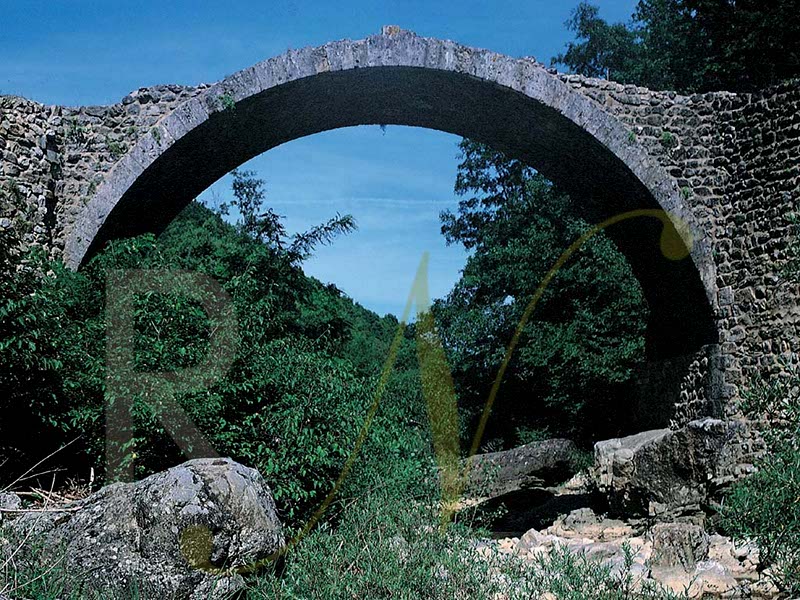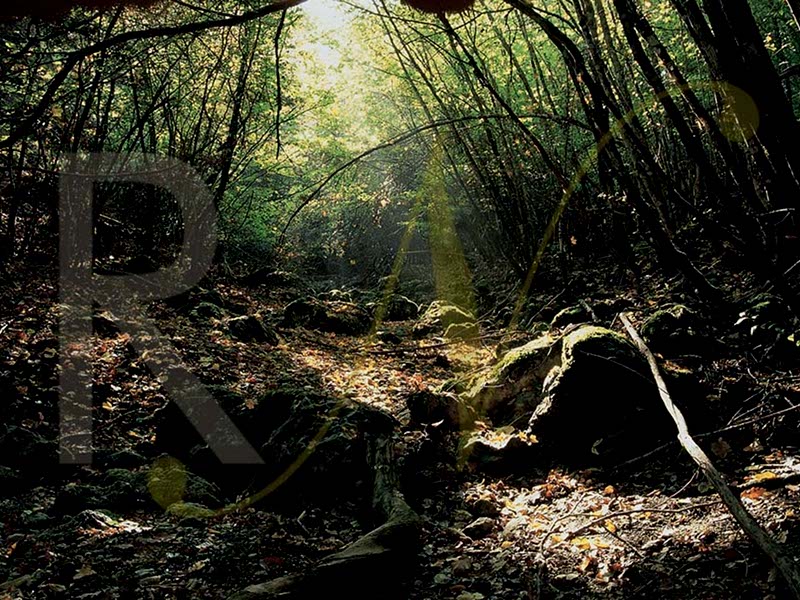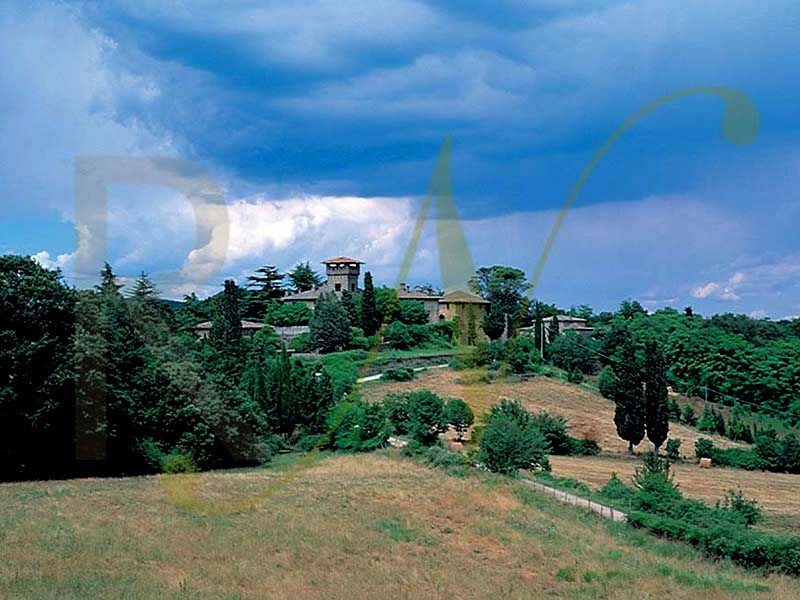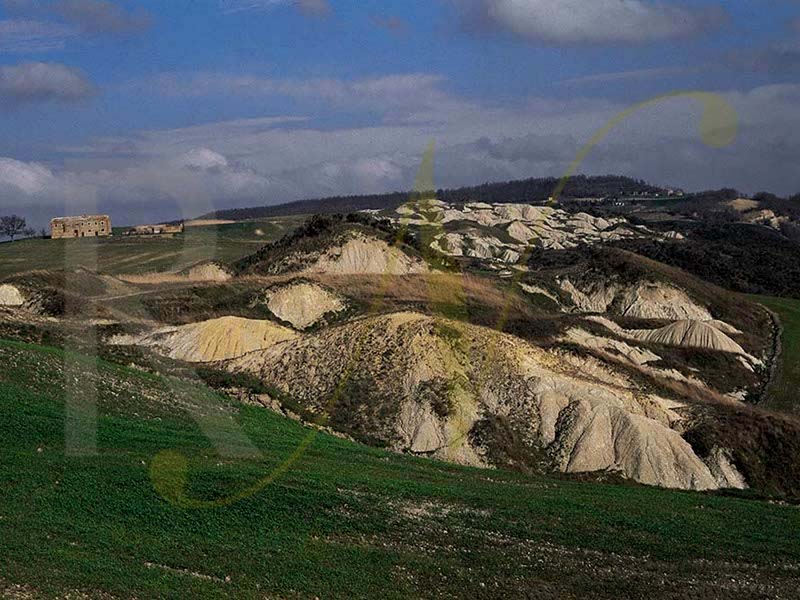Points of Interest
The Territory of Senesi Nature Reserves
Upper Merse Nature Reserve
The Reserve includes in its southern part the stretch of the river Merse running between the two bends formed by the watercourse in the north-east of Monticiano and near Brenna; the remaining area protects most of the basin of the stream Ricausa, left tributary of the river Merse.
- The Mills (Italian text)
Further information (Italian text)
Lower Merse Nature Reserve
Most of the Reserve, rich in historical evidences, stretches in the territory which formed in 1055 the feud of the Archbishop of Siena, whose seat was in the nearby castle of Murlo, while an important stronghold was represented by the castle of Crevole. Besides Crevole, also Vallerano, Montepescini and Olivello, small villages scattered on the borders of the Reserve, belonged to the community of the archbishop's feud, while the beautiful complex of S. Giusto, ancient property of the Ranuccini family, was given in the 15th century to the Spedale di S. Maria della Scala.
- Conventaccio (Italian text)
Further information (Italian text)
S. Agnese Woodland Nature Reserve
The cypress-tree grove of S. Agnese Woodland, situated half-way between Castellina in Chianti and Poggibonsi, breaks the continuity of the vineyards and olive groves characterizing the landscape of Chianti Senese. The grapevine and the olive tree, together with some areas to be sown, sometimes enter the cypress-tree grove forming small open areas.
- Pieve di S. Agnese (Italian text)
Further information (Italian text)
Castelvecchio Nature Reserve
Castelvecchio Nature Reserve is situated in Val d'Elsa, a few kilometers westwards S. Gimignano, one of the most important tourist destinations of the province of Siena. The ruins of Castelvecchio, from where you can enjoy a wonderful view over the surrounding area, are a reference point for the hikes in the Reserve and are without a doubt worth a visit.
- Castelvecchio (Italian text)
Further information (Italian text)
Cornate e Fosini Nature Reserve
The Reserve is situated in the west of the town of Chiusdino, in the eastern part of Colline Metallifere, and includes the calcareous relief of Cornate, one of the few mountain areas of southern Tuscany. Nearby there are the springs of the river Cecina.
- The Castle of Fosini (Italian text)
Further information (Italian text)
Farma Nature Reserve
Farma Nature Reserve, situated between Monticiano and Roccastrada, includes the middle stretch of the very beautiful and wild valley where the stream Farma runs, the main tributary of the river Merse, and the upper course of Lanzo, a long stream flowing into the river Ombrone at Paganico.
- The Ironworks (Italian text)
Further information (Italian text)
La Pietra Nature Reserve
Situated in Upper Val di Farma, some kilometers in the south-east of the town of Monticiano, La Pietra Nature Reserve protects a territory almost entirely covered with woodlands, between the stream Farma and the last stretch of the stream Farmulla, one of its left tributaries.
Further information (Italian text)
Montepulciano Lake Nature Reserve
The history of Montepulciano Lake and of the whole Val di Chiana is marked by continuous reclamation attempts, which already began in the Etruscan period, when the Etruscans tried to avoid that the valleys turned into marshlands, helping the river Chiana (from "Clanis", probably an Etruscan term which is still today the Tuscan synonym for "marsh") to improve its drainage.
- Reclamation activities in Val di Chiana (Italian text)
- A Project to avoid the silting of the lake (Italian text)
Further information (Italian text)
Lucciola Bella Nature Reserve
The Reserve, situated in the south-east of the town of Pienza, along the road leading from Val d'Orcia to Chianciano Terme, involves a small corner of the famous territory of Crete Senesi, which have here their last eastern branches.
- The Plants of the Crete and Sheep Rearing (Italian text)
Further information (Italian text)
Pietraporciana Nature Reserve
Pietraporciana Nature Reserve covers the top, the northern side, and part of the southern side of the homonymous hillock (847m), belonging to the part of the ridge that, between Chianciano Terme and Sarteano, separates Val d'Orcia from Val di Chiana, linking up southwards with Mt. Cetona. The calcareous cliffs of Poggio di Pietraporciana were used in ancient times by man, as demonstrated by some cavities in the rock, among which Grotta del Bruco.
- The Mouth (Italian text)
Further information (Italian text)
Pigelleto Nature Reserve
Pigelleto Reserve, situated in the south of Piancastagnaio, protects an heterogeneous woodland area rich in vegetable species, among which the presence of the Silver Fir as spontaneous species is particularly important. The history of Pigellato wood, like that of the surrounding territory, has been deeply marked, at least in the last two centuries, by the presence of cinnabar layers.
- Cinnnabar Processing (Italian text)
Further information (Italian text)









